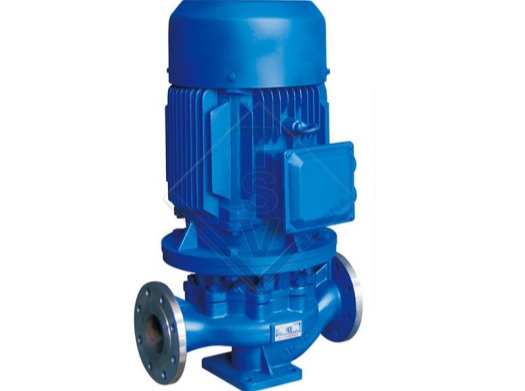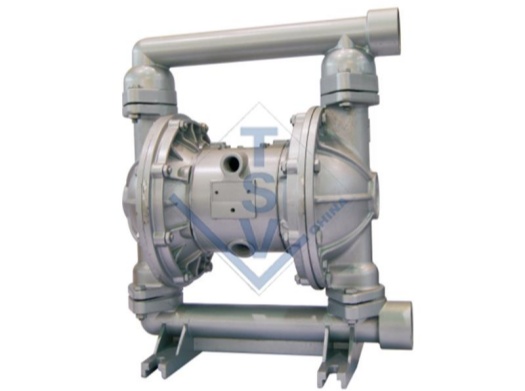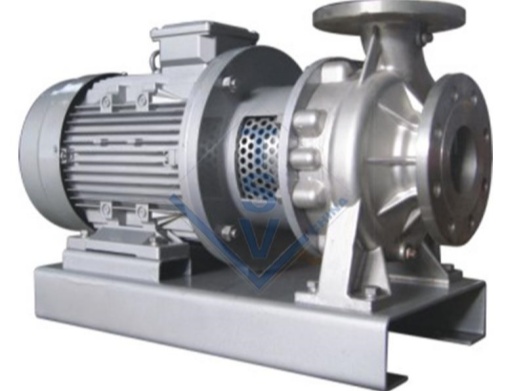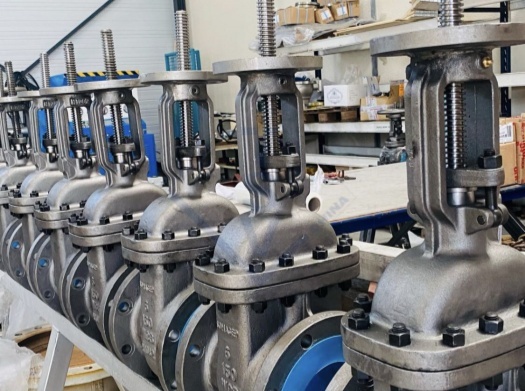- Standards:
- Steel gate valves, API 600/API 6D
- Steel gate valves, ISO 10434/ISO 14313
- Steel valves, ASME B16.34
- Face to face, ASME B16.10
- Flanges end, ASME B16.5
- Butt-welded ends, ASME B16.25
- Inspection and test, API 598/API 6D
Key Specifications/Special Features:
- Design description:
- Full port design
- OS&Y (outside screw and yoke)
- BB (bolted bonnet)
- Flexible wedge, fully guided
- Choice of solid or split wedge
- Renewable seat rings
- Forged T-head stem
- Rising stem and non-rising hand-wheel
- Flanged or butt-welded ends
- Available with BG operator
Key Features:
-
Material: Made from carbon steel, which provides excellent mechanical properties, including high tensile strength and resistance to wear and tear. Common grades include ASTM A216 WCB (cast carbon steel) and ASTM A105 (forged carbon steel).
-
Design: Features a wedge-shaped gate or disc that moves perpendicular to the flow direction to open or close the valve. The body is designed to handle high pressures and is available in various configurations, such as rising stem and non-rising stem.
-
Operation: Operated manually via a handwheel or automatically using an actuator. Gate valves are designed for full open or full close positions and are not typically used for flow regulation.
-
Sealing: Utilizes metal-to-metal sealing or resilient seats to ensure a tight seal and prevent leakage. The wedge design provides effective sealing even under high-pressure conditions.
-
Applications: Suitable for a wide range of fluids, including water, oil, gas, steam, and other non-corrosive media. Commonly used in high-pressure and high-temperature environments.
Advantages:
-
Provides a tight seal with minimal leakage.
-
Low pressure drop when fully open.
-
High durability and reliability in harsh conditions.
-
Cost-effective compared to valves made from more expensive materials like stainless steel or alloy steel.
-
Suitable for both on/off and isolation services.
Common Standards:
-
API 600: For steel gate valves (bolted bonnet or pressure seal bonnet).
-
ASME B16.34: For valve design and pressure-temperature ratings.
-
ANSI/ASME standards: For dimensions, materials, and testing requirements.
Typical Applications:
-
Oil and gas pipelines.
-
Power plants (steam and water systems).
-
Water treatment and distribution systems.
-
Petrochemical and refining industries.
Carbon steel gate valves are a reliable and economical choice for industrial applications where strength, durability, and performance are critical. Their ability to handle high pressures and temperatures makes them a preferred option for isolating fluid flow in demanding environments.






 Request a Quote
Request a Quote